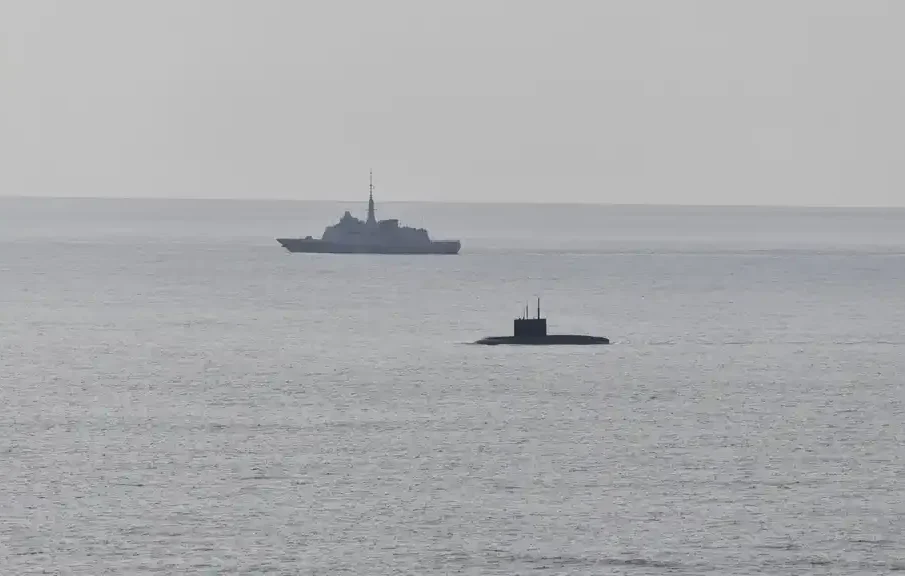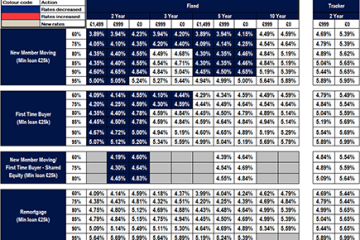Understanding NATO’s Role in Today’s World

Introduction to NATO
The North Atlantic Treaty Organization (NATO) plays a crucial role in promoting peace and security across Europe and North America. Established in 1949 as a collective defence alliance, NATO was created in response to the threat posed by the Soviet Union during the Cold War. It remains a pivotal organisation in addressing modern challenges such as cyber threats, terrorism, and geopolitical tensions, making its relevance even more pronounced in today’s complex global landscape.
Historical Context and Evolution
NATO originally consisted of 12 founding member states but has expanded to 30 nations, with the latest addition being North Macedonia in 2020. Over the decades, NATO has adapted its strategies and missions to address various crises, including the 1990s Balkan conflicts, the post-9/11 War on Terror, and more recently, the political instability in Eastern Europe caused by the actions of Russia, particularly its annexation of Crimea in 2014.
Recent Developments
As of 2023, NATO is responding to multiple modern challenges. The ongoing war in Ukraine has pushed NATO to strengthen its eastern flank, increasing military presence in member states bordering Russia. Moreover, the recent NATO summit held in Vilnius underscored the alliance’s commitment to defence spending, cyber security, and the protection of democratic values. Member countries pledged to increase their military capabilities and support Ukraine amid its conflict with Russia, reflecting an urgent need for a united response to aggression.
The Role of NATO in Global Security
NATO’s importance in global security cannot be overstated. Its deterrent power is grounded in Article 5 of the North Atlantic Treaty, which states that an attack on one member is an attack on all. This collective security principle has historically prevented conflicts between member states and has provided a framework for international cooperation. Furthermore, NATO engages in various operations beyond its borders, including peacekeeping missions and partnerships with non-member countries, enhancing global stability.
Conclusion: The Future of NATO
Looking forward, NATO will continue to face significant challenges as it navigates an increasingly multipolar world. The rise of China and ongoing tensions with Russia will likely shape its strategic direction. As we move into a new era of international relations, NATO’s ability to adapt to these challenges will be crucial in ensuring the security of its member states and maintaining peace in the broader international community. The alliance’s focus on collective defence and partnerships remains essential in promoting global stability and preventing conflicts in the future.









